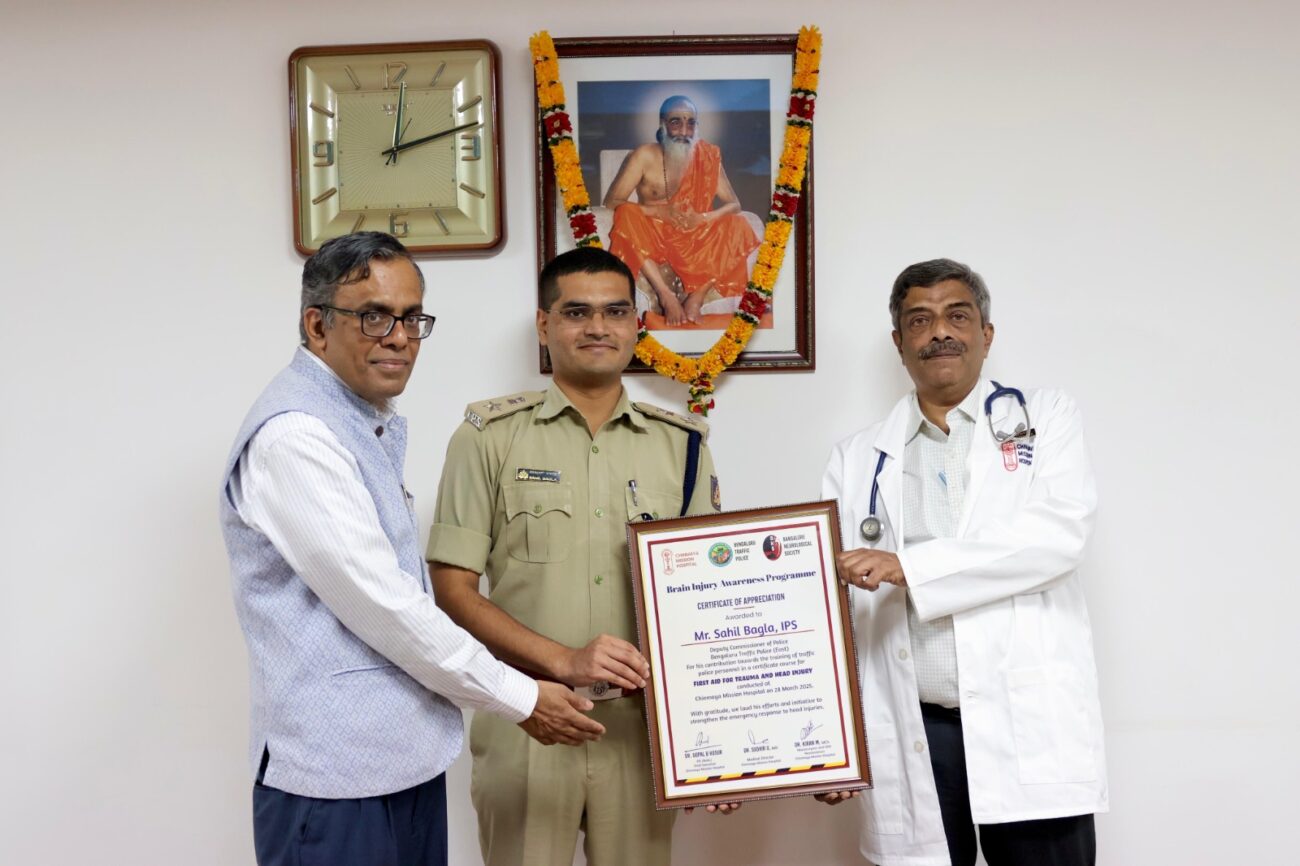When to Act: Recognizing the Warning Signs of Diabetic Foot Complications
Dr Rajeev Premnath, General Laparoscopic Surgeon and Endoscopist, Minimally Invasive Proctology Department at Ramakrishna Hospital, Bengaluru Your feet are like health detectives, giving you valuable clues about your overall well-being. Instead of waiting until you've accidentally

Dr Rajeev Premnath, General Laparoscopic Surgeon and Endoscopist, Minimally Invasive Proctology Department at Ramakrishna Hospital, Bengaluru
Your feet are like health detectives, giving you valuable clues about your overall well-being. Instead of waiting until you’ve accidentally hurt them, start paying attention to your feet—they might be trying to warn you about potential health issues. After all, your feet are more than just the sturdy support for your adventures; they’re like a health barometer, ready to share important insights about your body.
If your feet frequently experience the sensation of “falling asleep,” it could be a signal that diabetes is at play. Elevated sugar levels might be causing a crucial nerve in your foot to misfire. Don’t ignore the warning signs—open sores, cuts, or injuries that drag your feet in healing could be red flags. It’s like your feet are sending an SOS, so don’t hesitate to seek a podiatrist’s expertise. If there’s a tingling or numbness sensation, it could be your body’s way of whispering, “Check for diabetes!”
Diabetes in India
In India, about 77 million adults aged 18 and above have type 2 diabetes, and almost 25 million are on the brink of developing diabetes. India stands second globally in the diabetes count. Both Type 1 and Type 2 diabetes mess with how our bodies handle blood sugar, and it all revolves around the hormone, insulin. Insulin, crafted by the pancreas’ beta cells, shuttles glucose from our food into cells for energy. Type 2 diabetes kicks in when cells resist insulin, causing sugar levels to rise, potentially impacting the heart, kidneys, and vision. Type 1 diabetes, an autoimmune battle, destroys insulin-making beta cells with no cure, requiring insulin. Type 2 diabetes, often tied to lifestyle choices like obesity, can be tackled with a mix of healthy eating, exercise, and sometimes medications. Now, let’s explore the signs your feet may be signaling that it’s time to take action, especially if you have diabetes.
Exploring Diabetic Foot Complications
- Nerve Troubles (Neuropathy): For people with diabetes, a common challenge is neuropathy, when foot nerves act up, bringing on tingling that hints your nerves might be in trouble, along with numbness or pain. If you notice a burning feeling, it could be a sign of nerve discomfort. Weak muscles are like a warning sign for nerve problems. Finding these signals early on is crucial for proper care.
- Blood Flow Blockade (Peripheral Artery Disease): Another issue connected to diabetes is peripheral artery disease, which messes with blood flow to the extremities, like the feet. Watch for chilly or cold feet, as it might mean less blood flow. Slow-healing wounds could suggest circulation problems, and changes in skin color may signal vascular issues—warning signs that need quick attention.
- Immunity Dilemma (Infections): Diabetes weakens the immune system, making infections more likely. Foot infections can escalate fast, stressing the importance of keeping a close eye and taking timely action.
- Toenail Health: Your toenails spill secrets, especially about diabetes. If they break easily or get thick, it’s a nudge to check your blood sugar. Dark or yellow nails, tricky ingrown toenails, and slow healing are signals for a diabetes check. Diabetes can lead to toenail fungus, so stay alert for any thickness or color changes.
Neglecting foot issues can have a domino effect on overall health, potentially impacting the cardiovascular system and mobility.
Steps Towards Health Wellbeing
In a nutshell, embracing a healthy lifestyle is key to managing diabetes and ensuring optimal foot health. Start by keeping a close watch on your blood sugar levels through a balanced diet and regular exercise. Equally important is choosing the right footwear, acting as a shield against potential diabetes-related issues. Also don’t forget good hygiene practices, a robust defense lowering the risk of foot infections. The most crucial aspect is focusing on enhancing immunity






